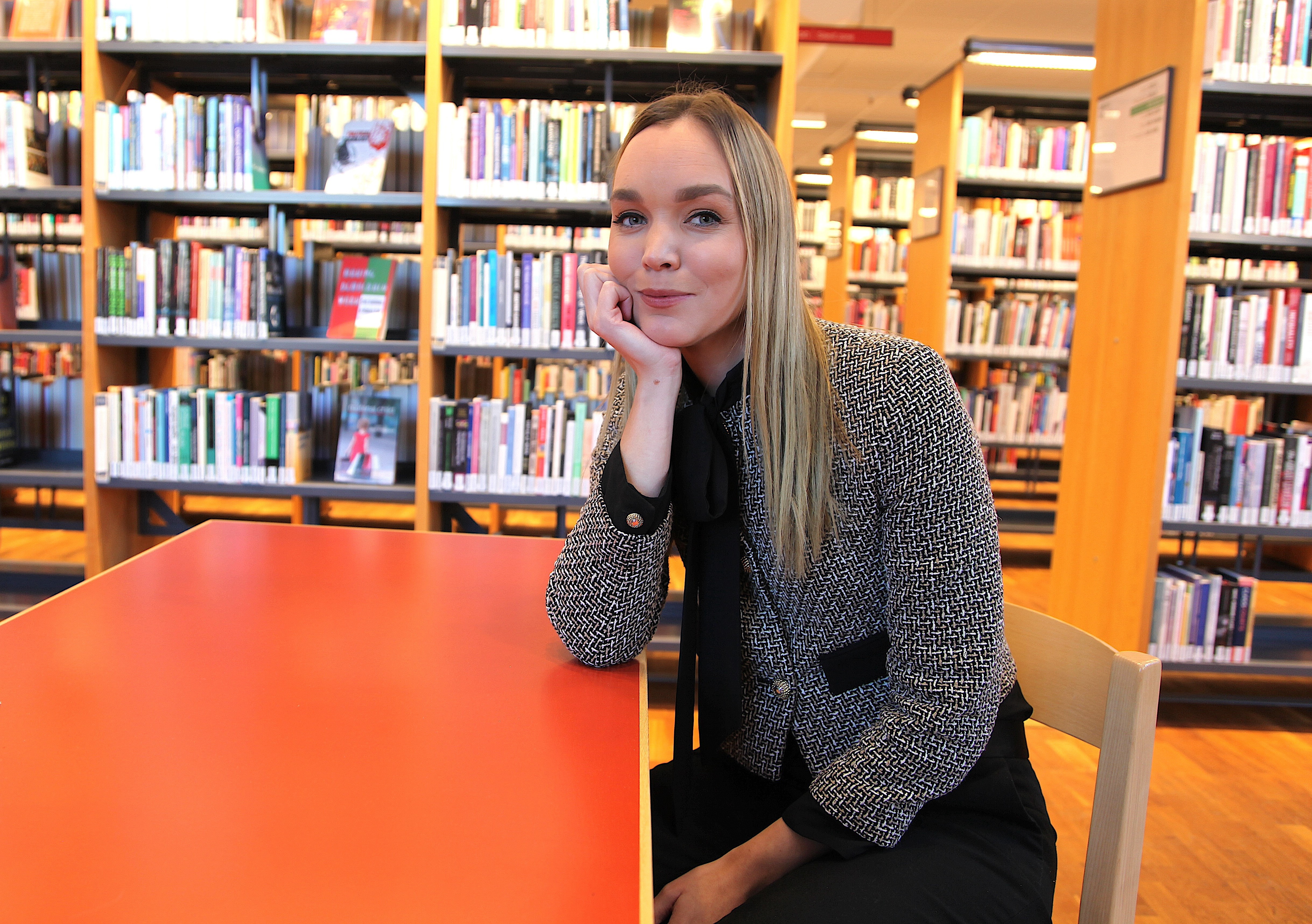Lisa wants to adress the manufacturing industry’s problems with safety buffers

Lisa Hedvall
How many manufacturing companies rely on gut feeling when designing their safety buffers? Far too many, says Lisa Hedvall. This spring, she defends her thesis at Jönköping University, thus becoming the first doctoral candidate in AFAIR to obtain a Ph.D.
Lisa Hedvall is a doctoral student in supply chain and operations management within the framework of the RAdaBuff project (Responsiveness through Adaptive Buffering), which is part of the AFAIR research profile. Soon, it will be time for her dissertation,where Lisa will defend her thesis ”Management of safety buffers for effective delivery capability”.
What is a safety buffer?
”The most common way to work with safety buffers is to store extra materials to reduce the risk of shortages, backorders and to ensure good delivery capability. It may involve components for manufacturing or finished products. When speaking generally about buffers, it is often the safety stock that is referred to. But in my research, I also work with concepts such as safety lead time and safety capacity – that is, the safety buffers required in the form of extra time, personnel, and expertise. It is also crucial for the manufacturing company’s delivery capability”.
Why should all manufacturing companies address their safety buffers?
”So many companies base the size of their safety buffers on intuition and experience. The problem is that many dont check if the size of the safety buffers is right. Instead, they gradually increase the size of the safety buffers if they experience problems. But they don’t decrease the safety buffers when the need decreases. Often it ends up with the management stepping in ordering an inventory cut by X percent, and then you have to rebuild the safety buffers. My vision is for manufacturing companies to move away from these cycles and instead start measuring, for example the utilization rate, to be able to set the right size of safety buffers and make more fact-based decisions. My research assumes that variations can have negative effects on the operational delivery capability. Therefore, I wanted to investigate how variations can be reduced or absorbed in a more systematic way to balance costs – with the benefits that can be achieved.”
In your thesis, you also present a completely new tool?
”Yes, I like it when research has a practical application! Therefore, I have created a workflow for manufacturing companies that want to reduce variations and start measuring, for example, how much the safety buffers are used to achieve a more efficient delivery capability. The process includes the different parts that need to be considered and helps companies identify and size safety buffers. It also provides assistance in mapping the routines and behaviors internally and externally that affect variations and thus the need for safety buffers. For this, I have developed a framework consisting of 22 different causes with suggestions for 50 different actions to reduce variations. In an article, I have also designed a visual system that allows the control of safety buffers using color codes – from green to red depending on how critical the situation is. Of course, companies set the boundaries for the color codes themselves based on the thresholds they have determined. My hope is that companies and consultants, with the help of my research, will be able to develop systematic approaches to managing safety buffers.”
How does AI relate to your research?
”My part of the research is about how we generate the data needed for AI-supported decision-making. Once the right conditions have been created for the individual manufacturing company and the routines are in place, AI can be used to suggest how much the size of the safety buffers should be adjusted or, in some cases, automatically adjust the safety buffers based on the thresholds set. This eliminates the need for manual analysis in Excel, as most companies do today. It also becomes easy to monitor and manage critical products.”
You are not really that kind of person that trusts your gut, are you?
”Haha, no – I like facts. Finding ways to understand how things work and thus make them easier and more efficient is a personal drive. That's why I wanted to explore how to make more fact-based decisions instead of relying on gut feeling. I realized already during high school that I wanted to focus on planning and control. I attended the four-year technical program at Sandvikens Tekniska Gymnasium. The operation is run in close cooperation with, among others, Sandvik and is very industry-oriented. The high school studies also include internships and summer jobs at Sandvik and provide access to trainee positions. A fantastic way to start a career in the industry – or in my case, as a researcher.”
What do you like about the research environment in Jönköping?
”I appreciate the access to expertise available here. I have had the privilege of working together with supervisors and researchers who are prominent in their fields, including Joakim Wikner. I also like the genuine commitment that exists in companies – enthusiastic company representatives and smooth cooperation that contribute to applied research results. Hopefully, these results can also be beneficial for the companies.”


